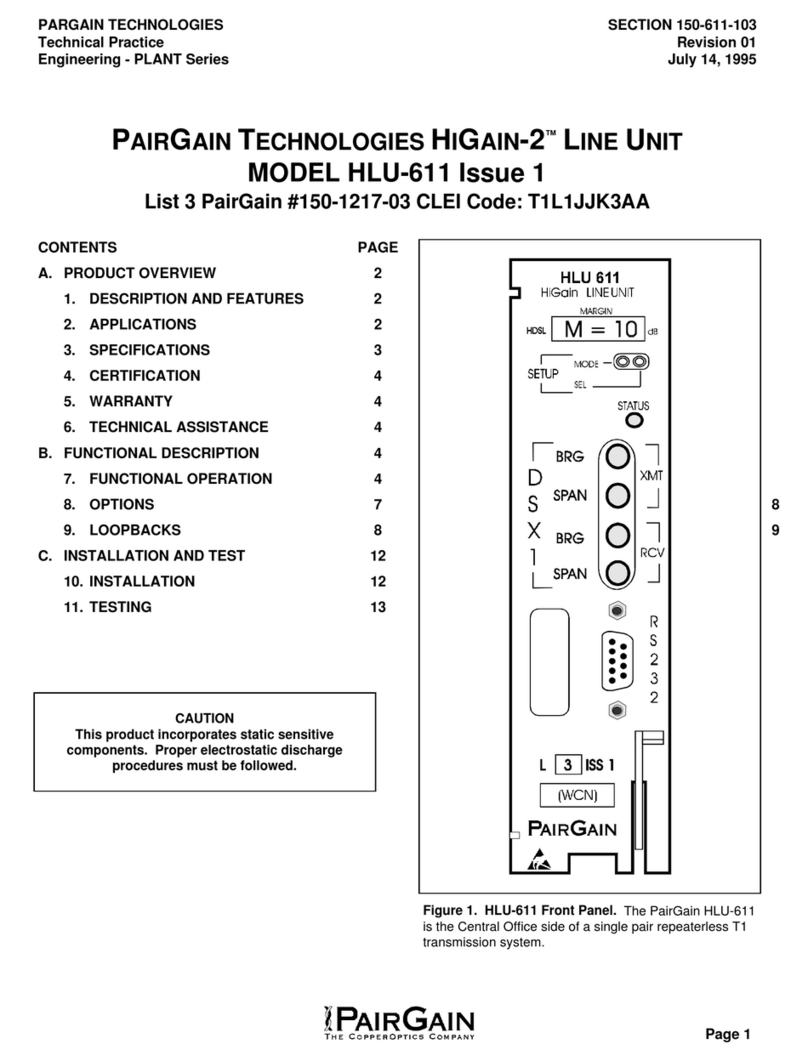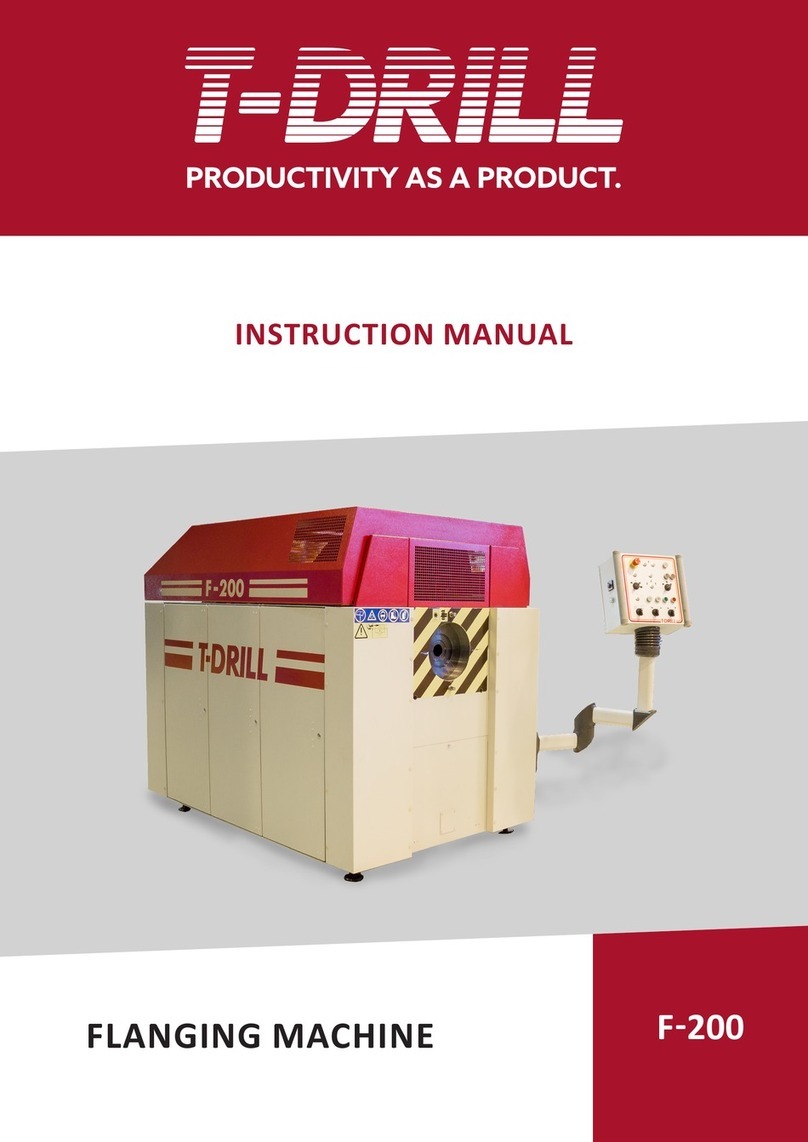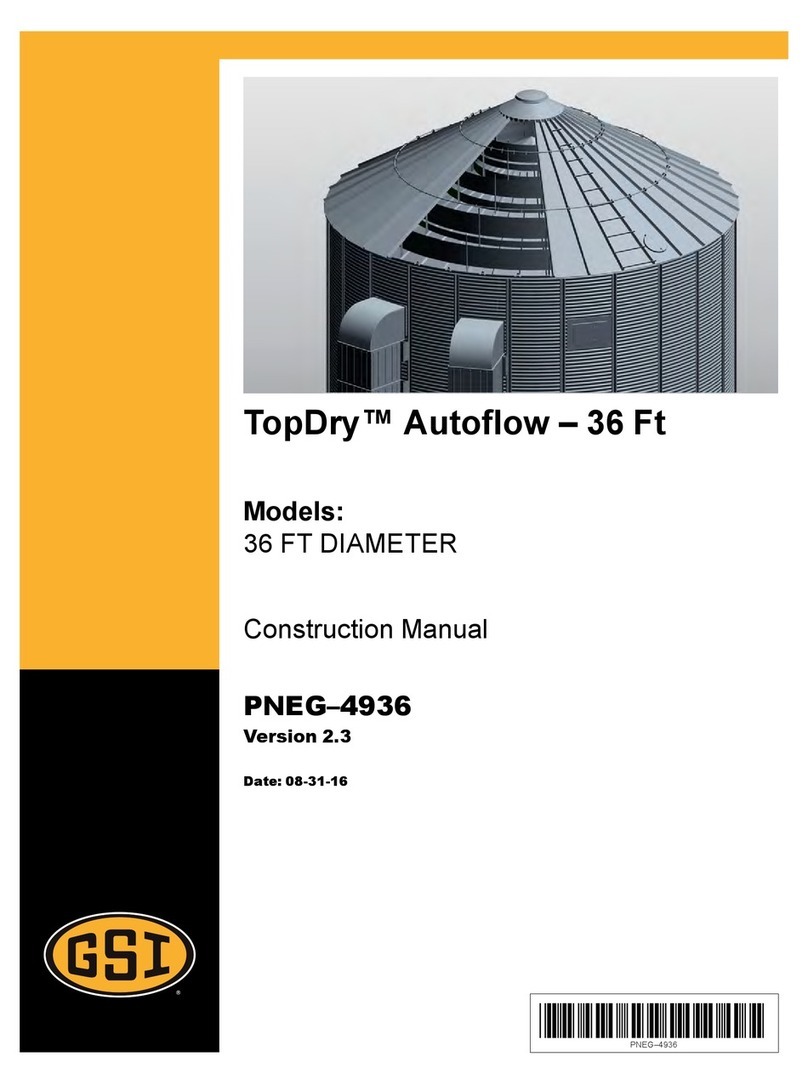BAYKAL APHS Series User manual

BAYKAL
EDITION NO :
APHS
1
DATE OF ISSUE :
May-2011
PAGE :
1
USER’S MANUAL
CNC
HYDRAULIC PRESS BRAKE
MODEL APHS
No part of this User‘s Manual may be reproduced or transmitted by any without Prior permission of Baykal
Makine Sanayi ve Ticaret A..

BAYKAL
EDITION NO :
APHS
2
DATE OF ISSUE :
May-2011
PAGE :
2
MACHINE TYPE DESCRIPTION
APHS XXXXX-xx
STANDARD SUPPLY
VOLTAGE CONTROLLER SAFETY DEVICE HYDRAULIC
BLOCK ACCESSORIES
APHS X X X X X XXX
C – CE
B – BASIC
1 – 220
2 – 230
3 – 240
4 – 400
5 – 415
6 – 440
7 – 480
8 – 600
9 – 220/400
1 – DELEM DW-66
2 – DELEM DM51
3 -- DELEM DA51
4 -- DELEM DA52
5 -- CYBELEC DNC60
6 -- CYBELEC DNC80
7 -- CYBELEC MODEVA
1 – FISSLER AKAS
2 – SICK LIGHT GUARD
3 – REER
4– LAZER SAFE
1-- HOERBIGER
2-- REXROTH
3-- ATOS
!
NOTE:
In order to SEE THE TYPE OF YOUR MACHINE, please see
the electric circuit diagram in section 13. It is written in the left
bottom side of the diagram.

BAYKAL
EDITION NO :
APHS
3
DATE OF ISSUE :
May-2011
PAGE :
3
! ATTENTION
P
UMP ROTATION MUST BE IN
ARROW DIRECTION,
OTHERWISE
THE PUMP WILL BE DAMAGED
CHECK THE MOTOR ROTATION BY PUSHING THE
″
″″
″
GREEN
″
″″
″
START, AND IMMEDIATELY AFTER, THE (RED) STOP BUTTONS ON
THE ELECTRICAL PANEL. THE MOTOR MUST BE ROTATING IN THE
DIRECTION OF
″
ARROW
″
. IF IT IS ROTATING IN THE REVERSE
DIRECTION, CHANGE ANY TWO PHASES IN THE ELECTRICAL
SUPPLY POINT.

BAYKAL
EDITION NO :
APHS
4
DATE OF ISSUE :
May-2011
PAGE :
4
INFORMATION AND WARNING LABELS
DESIGNATION PLATE BENDING TABLE
CE CONFIRMATION DANGER:
ELECTRIC SHOCK
GROUND LUBRICATION PUMP ROTATION
POINT
HANDS MAY BE WHEN BENDING, HANDS WHEN BENDING, SHEET
JAMMED MAY BE JAMMED BETWEEN MAY CRASH SOME PARTS
BETWEEN TOOLS TOP TOOL AND SHEET OF BODY
DESIGNATION PLATE
Manufacturer BAYKAL Mak. San. Tic. A..
Bursa / TÜRKYE
Machine Hydraulic Press Brake
Type
Model
Serial No
Capacity ton
Bending length mm
Main voltage V/Hz/Ph
Motor Power kW
System Pressure bar
Min stroke mm
Max stroke mm
Machine weight kg
Top tool weight kg
Bottom tool weight kg
Length mm
Width mm
Height mm

BAYKAL
EDITION NO :
APHS
5
DATE OF ISSUE :
May-2011
PAGE :
5
C O N T E N T S:
1. GENERAL MACHINE INFORMATION
1.1. Registered trademark
1.2. Machine type
1.3. Serial number
1.4. Year of manufacturer
1.5. Address of the manufacturer
1.6. Address of the authorized dealer
2. IMPORTANT INFORMATION
2.1. Safety features of your Press brake
2.2. Important safety information & instructions
2.3. Noise Measurement
2.4. Stop Time Control
3. OVERALL DIMENSIONS and DRAWING
4. LIFTING & TRANSPORTATION
5. UNPACKING & INSTALLATION
6. OPERATING AND MAINTENANCE INSTRUCTIONS
6.1. Technical data
6.1.1. Specification
6.1.2. Standard Equipment
6.1.3. List of parts subject to rapid wear
6.2. Description of Press brake applications
6.3. Prohibited uses of the Press brake
6.4. Incorrect uses of the Press brake
Using the Press brake
6.5.1. Requirements for the initial test and examination
6.5.2. Electrical connections
6.5.3 .Electrical Cabinet and Control Units
6.5.4 Centerally Adjustable Crowning System (Optional)
6.5.
6.5.5.Check-List of the Finished Product
6.6. Maintenance and inspection
6.6.1. Type and Frequency of inspection
6.6.2 Hydraulic System
6.7. Conditions of storage, re-utilization and scrapping
6.7.1. Storage
6.7.2. Reutilisation after storage
6.7.3. Scrapping
7. LUBRICATION POINTS
8. BENDING CHART
9. FOLDING FACILITIES
10. PRINCIPLES OF PRESS BRAKE BENDING TECHNOLOGY
11. SPARE PARTS LIST
12. HYDRAULIC CIRCUIT DIAGRAM

BAYKAL
EDITION NO :
APHS
6
DATE OF ISSUE :
May-2011
PAGE :
6
13. ELECTRIC CIRCUIT DIAGRAM
14
ADDITIONAL MANUALS
A.CYBELEC ModEva
B.Wila Centrally Adjustable Crowning System (CVB/D)

BAYKAL
EDITION NO :
APHS
7
DATE OF ISSUE :
May-2011
PAGE :
7
1. GENERAL MACHINE INFORMATION
1.1.
Registered trademark
: BAYKAL
1.2. Machine type
: APHS
1.3. Serial number :
1.4.
Year of manufacture
:
1.5.
Address of manufacturer:
BAYKAL Mak. San. Tic. A.
Organize Sanayi Bölgesi
Lacivert Cad. 2. Sokak No1/A
16140 Bursa/TÜRKYE
Tel.int: 90-224-243 16 10
Fax int: 90-224-243 12 86
1.6. Address of the authorized dealer:

BAYKAL
EDITION NO :
APHS
8
DATE OF ISSUE :
May-2011
PAGE :
8
2. IMPORTANT INFORMATION
2.1. Safety features of your press brake
The electrical and hydraulic circuits of your press brake are designed to allow
operation with maximum safety. The following precautions are installed on the
machine for enhanced safety.
•
Emergency stop buttons ( engaging type ) are available on the cybelec control
(see fig.1.1), on the pedal control stand and on the electrical cabinet cover
Emergency Stop Buttons
Fig.1.1
•
The cylinders are covered by fixed cover plates.
•
Do not close the door from inside the machine
•
Safety Switches are installed on the rear door and side doors. If any of these door
is opened when the beam is downstroking at fast speed, the beam will retract
automatically. If any of the doors are left open before any operation, the
operating modes of the machine are rendered non-functional.
(1)
(2)

BAYKAL
EDITION NO :
APHS
9
DATE OF ISSUE :
May-2011
PAGE :
9
Rear side of the machine
Fig.1.2
•
In case of a power supply failure during operation, the beam will stop at a
standstill. When power supply is recovered, it is Not possible to start the
machine without resetting.

BAYKAL
EDITION NO :
APHS
10
DATE OF ISSUE :
May-2011
PAGE :
10
2.2. Important safety information & instructions
1.
The machine must NOT be operated before reading this User’s Manual. Operate
the machine only if it is in a perfect condition and in accordance with the work
regulations of your factory and operating instructions of this manual.
2.
TRANSPORTATION !
The lifting points are shown in the Lifting Diagram
attached. The dimensions and the weight of the machine are given in section
6.1.1. of this manual.
3.
INSTALLATION !
The press brake is delivered in complete assembled
execution. It must be levelled and firmly bosted on the floor where it is to be
used, according to the Installation Diagram attached. Indoor installation and a
dry working environment without danger of fire and explosion is necessary.
!
The permissible floor load, where the machine is to be installed,
must be accounted for.
4.
The machine must be operated only by authorised and trained personnel.
Operation by unauthorised and untrained personnel in a way that does not
comply with the instructions and regulations may lead to dangerous
situations and is strictly FORBIDDEN.
5.
The press brake is designed in a way it can only be operated by one operator.
Using the machine with more than one operator is forbidden.
6.
In case of any emergency, push the emergency stop buttons and follow the
emergency rules of your factory.
7.
The following instructions must be read carefully for safe operation and
maintenance of your press brake :
!
This press brake is designed for bending only within the meaning
of section 6.2. of this manual regarding press brake applications.
Prohibited uses of the machine are dealt with in section 6.3. of this
manual.
!
DO NOT insert or extend your hands or arms in between
bending tools, under any circumstances, while the machine
is in an operational mode.

BAYKAL
EDITION NO :
APHS
11
DATE OF ISSUE :
May-2011
PAGE :
11
!
Check the machine daily for recognisable external damages and
defects and leakages.
!
Operate the machine only will all protective devices and guardings
!
Take notice of the warning labels on the machine and do not
remove them.
!
In case of malfunction immediately shut down and secure the
machine. All troubles must be eliminated before re-starting.
!
Avoid any operation which may endanger other persons
and immediately shut down the machine when a danger is
noticed.
!
Shut off the machine completely before any repair work is carried
out.
!
DO NOT let yourself be locked in the interior space of the
machine.
!
DO NOT bridge the safety limit switches of the side and rear
protective fences.
!
DO NOT use front support arms for intermediate storage of
workpieces
!
During the bending process the workpiece may leap up. Therefore,
the material must be handled carefully.
!
All connecting bolts on the machine must be checked periodically
and be re-tightened if necessry.
!
Make sure that dirty filters are disposed seperately.
!
The operating temperature rage of the oil is : (10
°
°°
°
C - 65
°
°°
°
C )
!
Any fire in the electric control system must be put out by using a
CO
²
fire extingusher.

BAYKAL
EDITION NO :
APHS
12
DATE OF ISSUE :
May-2011
PAGE :
12
!
Any burning oil must be put out by using a CO
²
or powder
extinguisher.
!
All regulations concerning surface facilities designed for the use
of water polluting liquids must be observed in operation and
maintenance of this press brake.
!
All environmental regulations effective must be observed in use of
this press brake.
8.
In the operation of the press brake no special personal safety equipment is
necessary. It is however recommended to use working gloves when handling the
workpieces.
9.
General maintenance of the press brake can be carried out by universal tools and
equipment while the machine is at a standstill.
10.
The manufacturer is not responsible for any unapproved modifications made on
the machine and/or any replacement of the original safety and protective devices
by other ones then original.
11.
The machine is to be serviced and/or be repaired only by the authorised
personnel of Baykal or its appointed representatives.

BAYKAL
EDITION NO :
APHS
13
DATE OF ISSUE :
May-2011
PAGE :
13
2.3. Noise measurement
The sound pressure level of the press brake at operator’s working position is
under 70 Db (A).
2.4. Stop time control
The stopping time of this press brake is 80 ms and the corresponding miniumum
safety distance for the two-hand control is 130 mm.

BAYKAL
EDITION NO :
APHS
14
DATE OF ISSUE :
May-2011
PAGE :
14
3. OVERALL DRAWING AND DIMENSIONS
Fig.3.1.
CNC
HDROLK PRES A B C D E MAX F G H-MAX
mm mm mm mm mm mm mm mm
APHS 1250x40 1250 1070 1470 1500 1000 1050 810 2550
APHS 2104x60 2100 1600 1580 1650 1000 1050 880 2550
APHS 2106x90 2100 1600 1580 1650 1000 1050 880 2600
APHS 2604x60 2600 2050 1580 1650 1000 1050 880 2550
APHS 2606x90 2600 2050 1580 1650 1000 1150 890 2610
APHS 3104x90 3100 2550 1590 1650 1000 1150 880 2600
APHS 3106x120 3100 2550 1590 1650 1200 1150 890 2910
APHS 3108x160 3100 2550 1600 1660 1200 1150 890 2910
APHS 3110x200 3100 2550 1600 1660 1200 1250 880 2900
APHS 3112x240 3100 2550 1610 1680 1200 1250 880 2900
APHS 3116x300 3100 2550 1820 1920 1400 1350 905 3150
APHS 3120x400 3100 2550 2050 2250 1400 1400 1015 3300
APHS 3706x160 3700 3250 1600 1660 1200 1250 880 2900
APHS 3708x200 3700 3250 1600 1660 1200 1350 880 2900
APHS 3710x240 3700 3250 1610 1680 1200 1350 880 2900
APHS 3712x300 3700 3250 1820 1920 1400 1400 980 3200
APHS 4105x120 4100 3550 1300 1400 1200 1350 870 2300
APHS 4106x160 4100 3550 1600 1660 1200 1350 880 2900
APHS 4107x200 4100 3550 1600 1660 1200 1350 880 2900

BAYKAL
EDITION NO :
APHS
15
DATE OF ISSUE :
May-2011
PAGE :
15
APHS 4109x240 4100 3550 1610 1680 1200 1350 880 2900
APHS 4112x300 4100 3550 1820 1920 1400 1400 980 3200
APHS 4116x440 4100 3550 2235 2355 1400 1400 1105 3500
APHS 6104x160 6100 5100 1960 2000 600 1400 1000 2850
APHS 6106x240 6100 5100 1960 2000 600 1400 1100 3000
APHS 6108x300 6100 5100 2060 2150 600 1400 1115 3280
APHS 6112x440 6100 5100 2250 2340 600 1400 1100 3700
APHS 6114x500 6100 5100 2350 2440 650 1500 815 3500
APHS 6116x600 6100 5100 2400 2500 650 1500 1050 4100
APHS 8100x1200 8100 6050 3800 3810 - - 1050 5550

BAYKAL
EDITION NO :
APHS
16
DATE OF ISSUE :
May-2011
PAGE :
16
4. LIFTING & TRANSPORTATION
The following points should be taken into account :
•
The lifting points are illustrated in Fig.4.1.The dimensions and the weight of the
machine are given in section 6.1.1.of this manual.
•
Make sure that the lifting rope or chain are of sufficient capacity for the lifting
operation.
!
On press brakes the centre of gravity is on the front side.
Therefore, the machine must be handled with extreme caution
when lifting and installing to prevent it from falling forward, or
even falling down.
!
Make sure that the machine is no subject to impact
during loading or unloading.
!
The crane to lift the machine must be controlled by a single
operator.
WARNING On press brakes, the center of gravity is on the front
side. Therefore the machine must be handled with
extreme caution when lifting and installing to
prevent it from inclining forward or even falling
down.
Fig.4.1

BAYKAL
EDITION NO :
APHS
17
DATE OF ISSUE :
May-2011
PAGE :
17
5. UNPACKING & INSTALLATION
The press brake is covered in plastic, and is bolted on wooden crates.
!
Prior to installation, remove the cover and wooden crate seperately and safely in
accordance with environmental regulations.
After unpacking, check the machine visually against any damage during
transport.
Install the machine in an indoor area which is free from humidity and excessive
dust.
!
Make sure that the machine is installed in accordance with the work and
maintenance space indicated in the enclosed Installation Diagram to enable the
operator to visualise the work area without obstruction.Therefore, the hazardous
sitauations regarding the operator, other persons, or materials due to incorrect
installation will be reduced.
It is important to leave a work space of both sides of the machine, which is not
less than the tool length. Otherwise, the tool can only be changed from the front
of the machine.
Floor conditions for installation : Flat and concrete surface ( BS 25 ).
Bolt the machine down to the floor by anchorage bolts or steel expansion inserts
as illustrated in the Installation Diagram.
Remove the steel supports ( Part ″C ″in the Installation Diagram ), and store
away for possible future use.
Level the machine by using a water level.
Mount the front support arms ( Part ″D″) as illustrated in the Installation
Diagram.
As the top and bottom tools are already fitted, the machine is now ready to be
connected to an power supply.

BAYKAL
EDITION NO :
APHS
18
DATE OF ISSUE :
May-2011
PAGE :
18
Intentially left in blank

BAYKAL
EDITION NO :
APHS
19
DATE OF ISSUE :
May-2011
PAGE :
19
6. OPERATING AND MAINTENANCE INSTRUCTIONS
6.1.Technical Data
6.1.1. Specification
1. Bending length mm
2. Bending capacity - St.42 mm
3. Bending force tons
4. Length mm
5. Width mm
6. Heigth mm
7. Weigth kg
8. Approach speed mm / sec
9. Bending speed mm / sec
10. Return speed mm / sec
11. Standard stroke mm
12. Pump flow rate cm
3
/ rev.
13. Oil tank volume lt.
14. Back-gauge range mm
15. Main motor, 3 phase 380 V 50Hz kw
6.1.2. Standard Equipment
Electric motor : 380 V 50 Hz 3phase
Standard top and bottom tools
Two-hand control system or pedal control system
CNC Control unit
Front support arms
Wedge system top tooling
750 mm Power back-gauge
Oil tank level indicator
Side and rear fence guardings
Hand screw clamps and chains for alignment
and rotation of bottom die.
Light guard or Laser safety system

BAYKAL
EDITION NO :
APHS
20
DATE OF ISSUE :
May-2011
PAGE :
20
6.1.3. List of parts subject to rapid wear
No Part name Size specification Qty
1. Bottom tool -
2. Top tool -
3. Piston seal
(Busak+Shamban)
O-ring (Piston seal)
2
2
4. Rod seal (Busak+Shamban)
O-ring (Rod seal)
2
2
5. Scraper
2
6. O-ring ( cylinder ) 2
Table of contents
Popular Industrial Equipment manuals by other brands
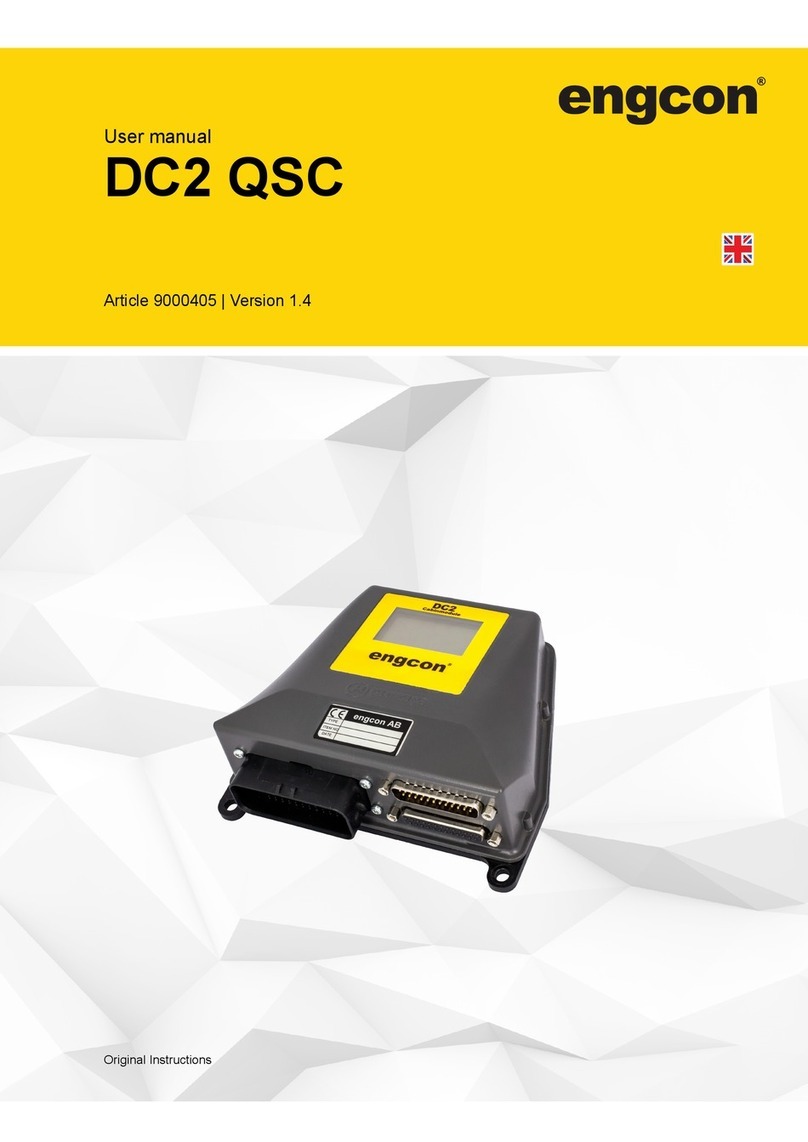
Engcon
Engcon DC2 QSC user manual

Eriez
Eriez 58B Installation, operation and maintenance instructions
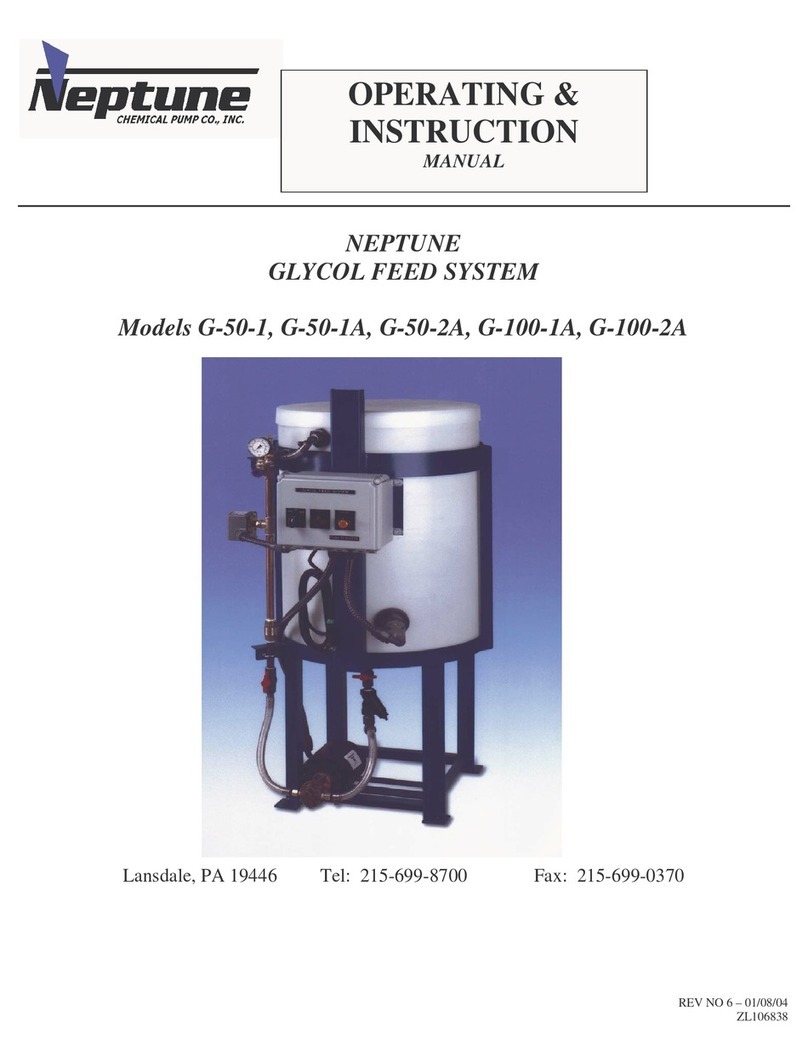
Neptune
Neptune G-50-1 Operating instructions manual
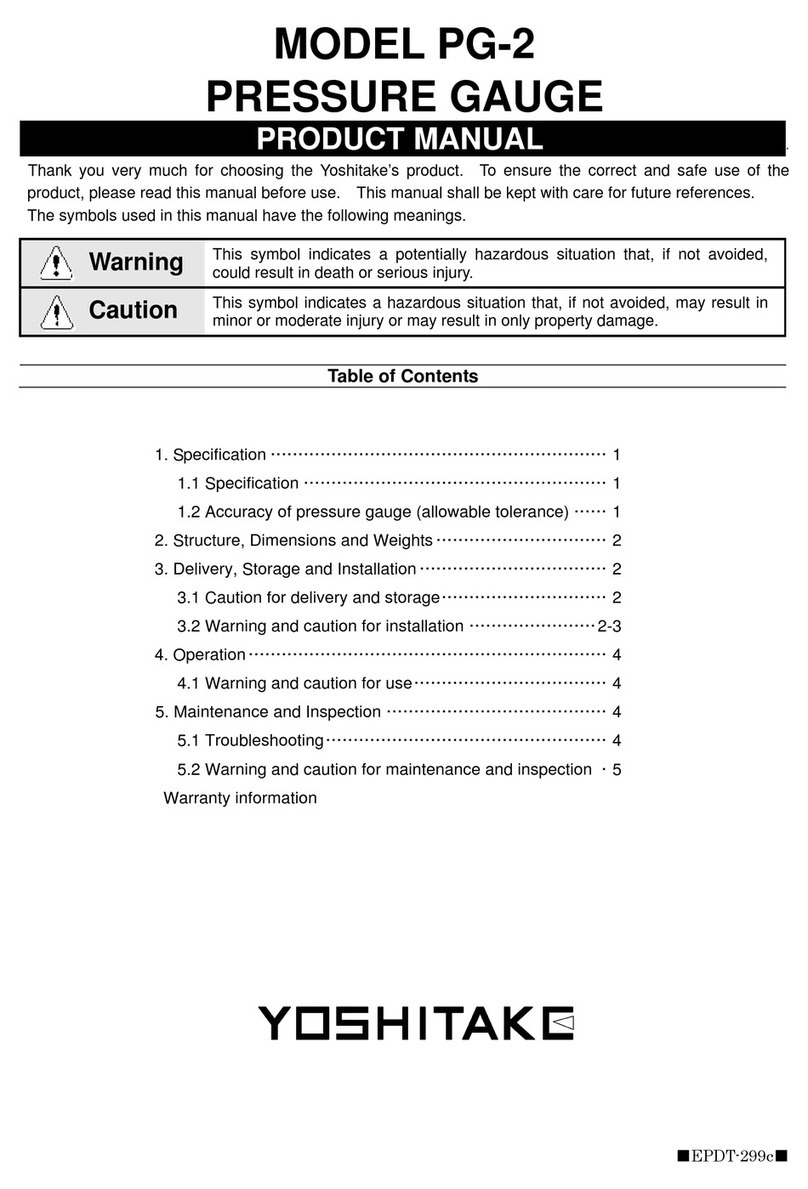
Yoshitake
Yoshitake PG-2 product manual
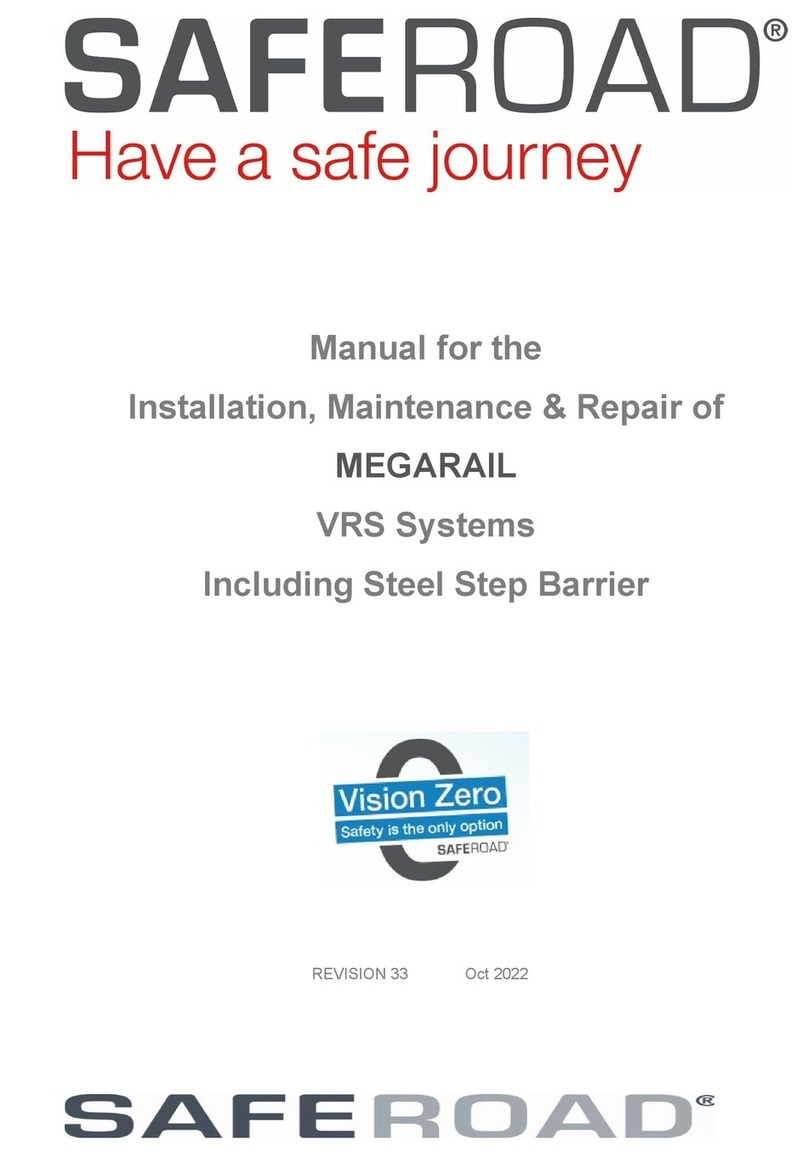
Saferoad
Saferoad MEGARAIL INSTRUCTION, INSTALLATION, MAINTENANCE AND REPAIR MANUAL

Rittal
Rittal RiLine Compact SV 9635.000 Assembly and operating instructions
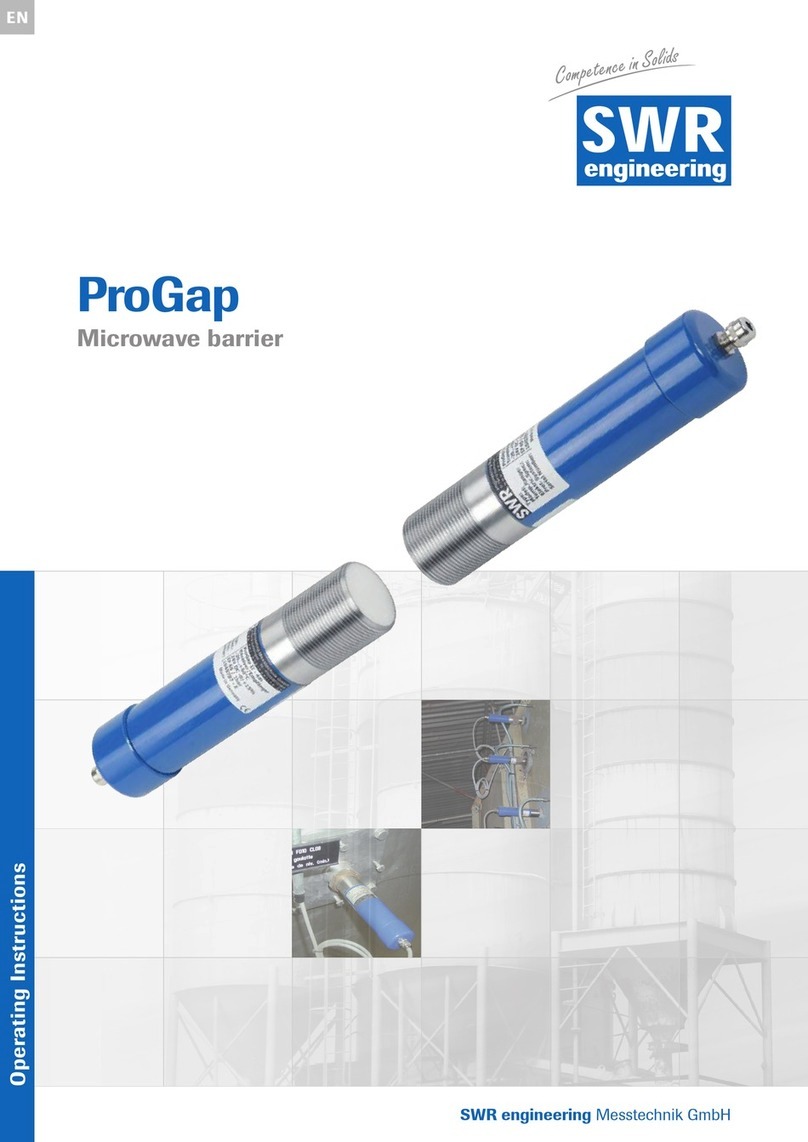
SWR ENGINEERING
SWR ENGINEERING ProGap operating instructions

Vestil
Vestil H Series instruction manual
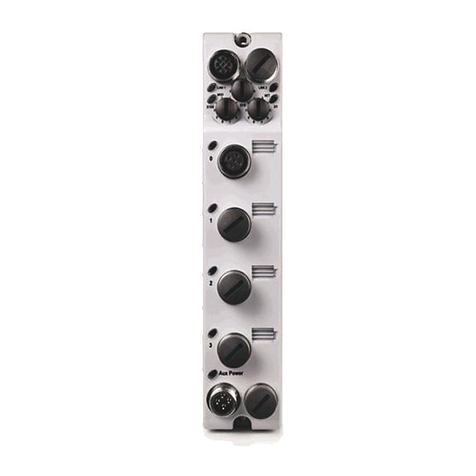
Rockwell Automation
Rockwell Automation Allen-Bradley 1732E-IT4IM12R user manual

Maggi
Maggi STEFF SUPERSONIC 3 manual
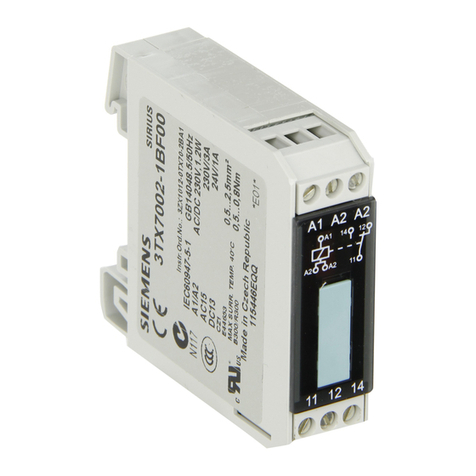
Siemens
Siemens 3TX7002 operating instructions

MARKEN
MARKEN neotech NK-25 instruction manual

